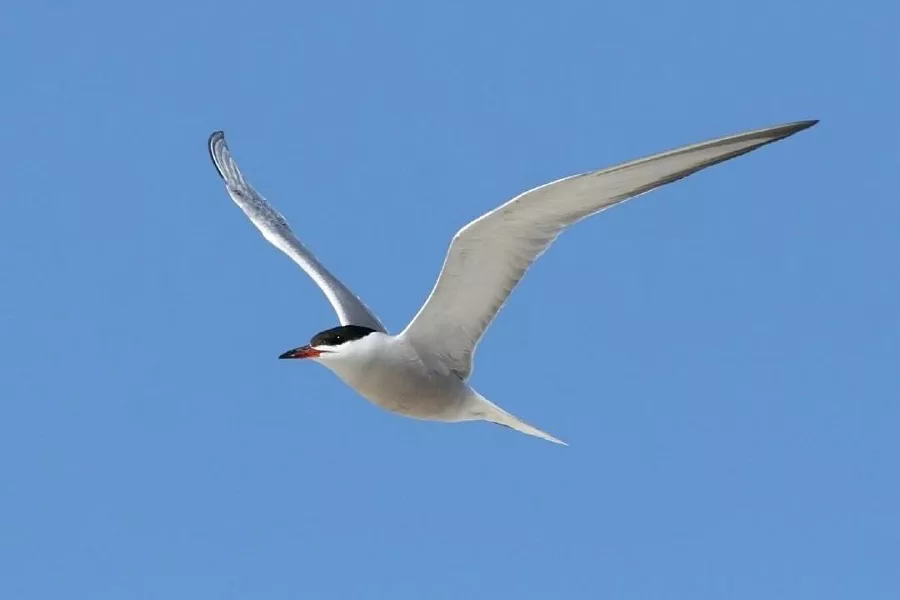The spread of avian flu has left wildlife officials in Washington scrambling to test suspected cases and clean up hundreds of dead terns and gulls on the shores of an island in northern Puget Sound.
Bird flu has traditionally affected poultry, but a new strain – H5N1 – is proving deadly to wild birds. More than 75,000 wild birds worldwide have died from this strain. Human infection is rare, but it’s not impossible.
Since the disease first arrived in Washington last March, the number of cases in wild birds in the state has increased. But officials say they are still trying to gauge the full impact.
“The impact in Washington has been hard to quantify,” Katie Haman, a wildlife veterinarian with the Department of Fish and Wildlife, told the state Fish and Wildlife Commission last week. “How many cases are we missing? We just don’t know.”
In Washington, the first case of the H5N1 strain was reported on 1 March 2022 in a greater white-fronted goose in Walla Walla County.
So far, the Department of Fish and Wildlife has confirmed 112 cases in Washington, but Haman said that number is likely incomplete.
One outbreak that wildlife officials are monitoring is on Rat Island, a small island in Puget Sound near Port Townsend. The wildlife refuge on the island is currently closed to the public due to the outbreak.
Since 1 July, the Department of Fish and Wildlife has collected more than 1,224 dead Caspian terns – mostly adults – and more than 158 dead gulls – mostly chicks.
The long-term effects of the Rat Island outbreak are “unknown,” Haman said. “I think time will tell.”
The rash of cases on the island is the first H5N1 event in a marine environment in Washington, Haman said. The department has devoted a lot of resources to cleaning up, in part because of fears that the disease could spread to other animals, such as seals.
In Peru, H5N1 killed thousands of sea lions earlier this year. Seal deaths in Maine have also been linked to bird flu.
But so far there have been no confirmed cases in marine mammals in Washington, Haman said. The department has tested various mammals in Washington, and so far only raccoons and bobcats have tested positive.
If the disease were to jump to humans, the mortality rate could be more than 50 per cent. And if bird flu and human flu combine, it could cause a pandemic. The 1918 Spanish flu pandemic was caused by a similar scenario.
The department will continue to monitor the spread of the disease. The department has received one-time funding for the next two years to continue its surveillance efforts, and will likely ask the legislature for more.
There aren’t many preventative measures that can protect birds and other animals, Haman said, especially since the H5N1 vaccine isn’t widely available for wildlife.
For now, she said, state officials will continue to collect data on where and how the disease is spreading.
“Unfortunately, H5N1 does not seem to be going away,” she said.


 Facebook
Facebook  Instagram
Instagram  Youtube
Youtube 